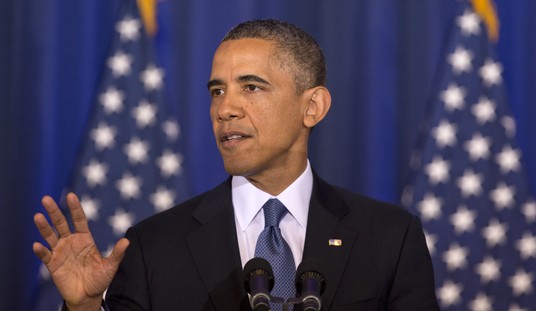2018 was a banner year for Democrats with the election of several up-and-coming stars who seemed destined to run for statewide office in the future.
But this is the first election for those “rising stars” who are running without the specter of Donald Trump to scare Democratic voters. And in a Republican year, many of those candidates are facing tough re-election prospects against well-funded, highly qualified GOP candidates in swing districts that could easily flash red in November.
In addition to Reps. Alexandria Ocasio-Cortez and Ayanna Pressley, there are about a dozen other candidates who are being closely watched by Democrats in their states for a future step up.
But much of Democrats’ “Class of 2018″ is under threat, staring down a brutal midterm climate in battleground districts, some made more difficult after redistricting, while a handful turned a shade bluer. Presidential approval ratings and historical precedence now weigh heavily against them — instead of working in their favor, as they did in 2018 when Trump was in office. It’s another opportunity to prove their strength and build their political careers, but it’s also a key moment that could knock many off course.
This is the first election where these Democrats will be fighting the headwinds. And it’s important because even if they’re considered running in a “safe” district, in the wave election that may be upon us, there is no “safe seat” unless the member is running unopposed.
For our VIPs: Time for Democrats to Panic
Redistricting has made it harder for an incumbent to be knocked off, but it’s certainly not impossible. And these 2018 Democrats have some advantages of their own — especially in their ability to raise huge sums of money.
The built-in political advantages for members of the class of 2018 in the future include their ability to raise huge sums of money from small-dollar donors — and to do it fast. They drafted off the “green wave” of record online donations for Democrats during the Trump years, when small-dollar donors fueled seven-figure quarterly fundraising hauls, unprecedented totals for such a large number of first-time candidates.
That strength hasn’t waned in the years since: 15 of the 25 top raising Democratic incumbents so far this cycle were first elected in 2018.
There’s a huge weakness for these Democrats and it starts with that great, big, blue “D” after their name.
“2022 is 2018 in reverse. It’s a referendum on the president’s job approval, and in many respects, voters are even angrier this year,” said Corry Bliss, who led the Congressional Leadership Fund, the flagship House Republican super PAC in 2018. “The 2018 class, despite spending years blaming Donald Trump for everything and pretending to not be Democrats themselves, are actually Democrats. And now, they have voting records.”
Redistricting is going to snag at least a half-dozen of these seats from the “rising stars.” Biden is going to cost others in their races. It’s this way every election cycle when swing districts are up for grabs.
The difference this time is that the electorate is a lot angrier now than they were in 2018 and economic conditions are far worse. We’ll see how many of these “rising stars” have crashed and burned in November.










Join the conversation as a VIP Member